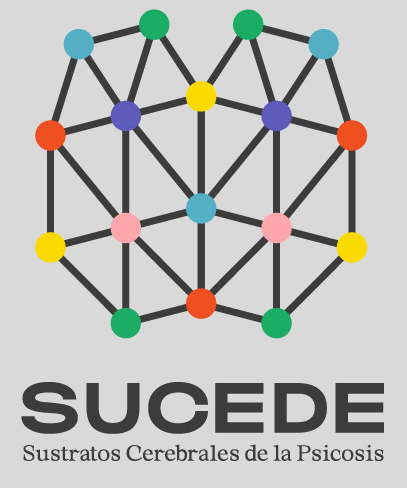Follow-up of the “Self” project
You can watch the video on our YouTube channel.
In the development of this project we intend to evaluate the corollary discharge by means of a voice perception task. This mechanism allows us to distinguish between perceptions that are self-generated and those that come from external sources. In order to perform this differentiation correctly, a relationship between motor and sensory regions is established at the cortical level, sending a copy of the motor acts to sensory regions with the prediction of the sensory consequences that this motor act will give rise to. After comparing this prediction with the consequences that actually occur, a suppression of sensory processing takes place.
The consequent discharge has been observed in all sensory modalities, but in this project we will focus on auditory perception and the relationship of this mechanism to abnormal self experiences. For this purpose we will evaluate the auditory evoked potential N1, which appears inhibited in healthy individuals during speech generation due to the consequent discharge mechanism.
Currently, our control group consists of 36 persons without any neurological or psychiatric disorder and the experimental group consists of 17 persons diagnosed with chronic schizophrenia, 11 with a first psychotic episode and 8 persons diagnosed with bipolar disorder. All participants included in the experimental group have been evaluated by means of the IPASE and PANSS scales in order to establish correlations between clinical scores and the correct suppression of the N1 potential during self-generated speech.
In this follow-up session of the project we have focused especially on the sample of healthy controls. To statistically evaluate the functioning of the consequent discharge, we have performed a 3 x 2 repeated measures ANOVA. On the one hand, we have taken into account the three conditions of our experimental paradigm that we have already discussed elsewhere (Talk, Listen Self and Listen Other) and on the other hand the N1 and P2 potentials. To correctly evaluate the amplitude of N1 and P2 we averaged the activity recorded at the electrode where these potentials appear with the highest amplitude together with the directly surrounding ones. That is, for N1 we have used Fz, FCz, FC1, FC2 and Cz between 50-150 ms post-stimulus and for P2 FCz, Cz, C1, C2 and CPz between 150-250 ms post-stimulus. We can summarize the main results obtained as follows:
- We found significant differences in the amplitude of N1 during self-generated speech and the other two conditions, with suppression being observed when the person is speaking. This result is in line with previous studies showing how N1 is a reflection of the consequent discharge mechanism.
- No significant differences were found between Listen Other and Listen Self, showing that the differentiation of one’s own speech is not due to the perception of objective stimulus features, but to a pre-stimulus pre-processing in which motor acts would be involved.
- We did not observe significant differences in P2 in the three conditions, which confirms that the participant is at all times perceiving the speech at the auditory level and that the differences found in N1 are not due to this.
We will continue to increase the sample, especially in the group of people diagnosed with psychotic disorder in order to be able to make comparisons between the two groups.



